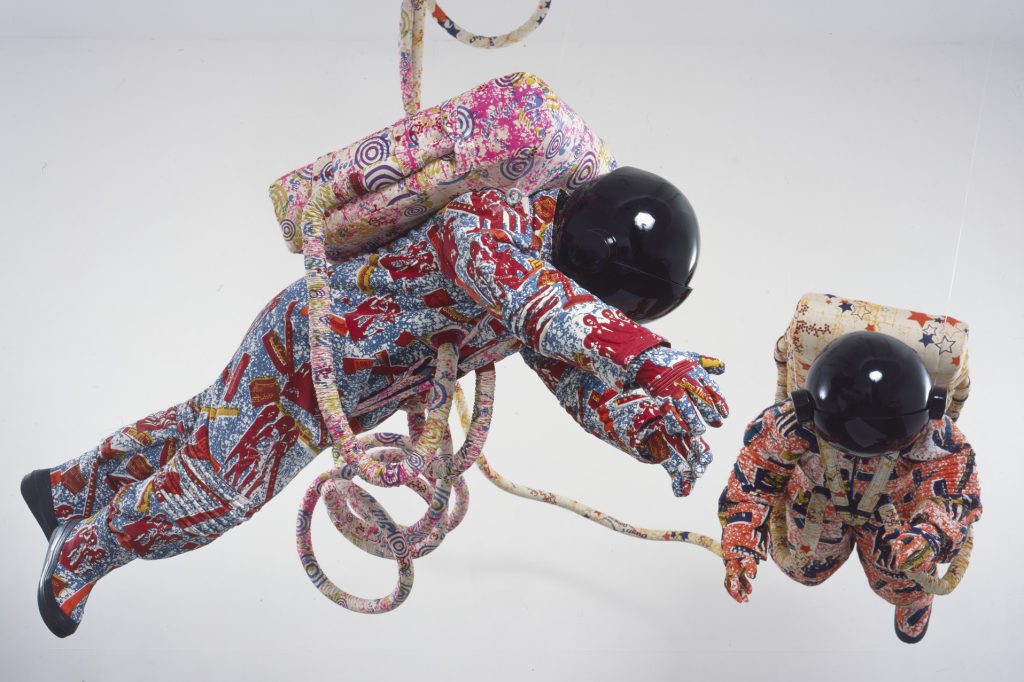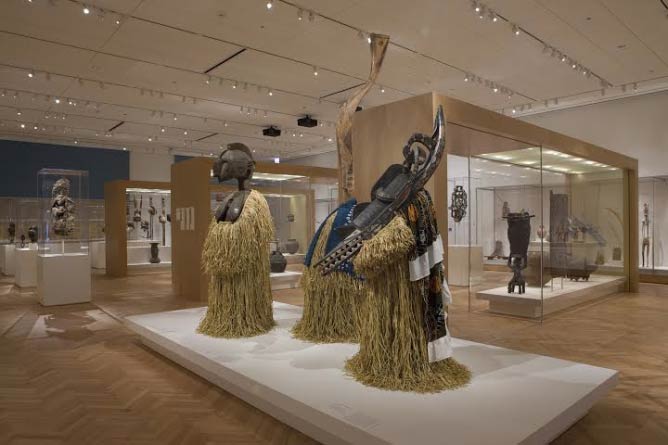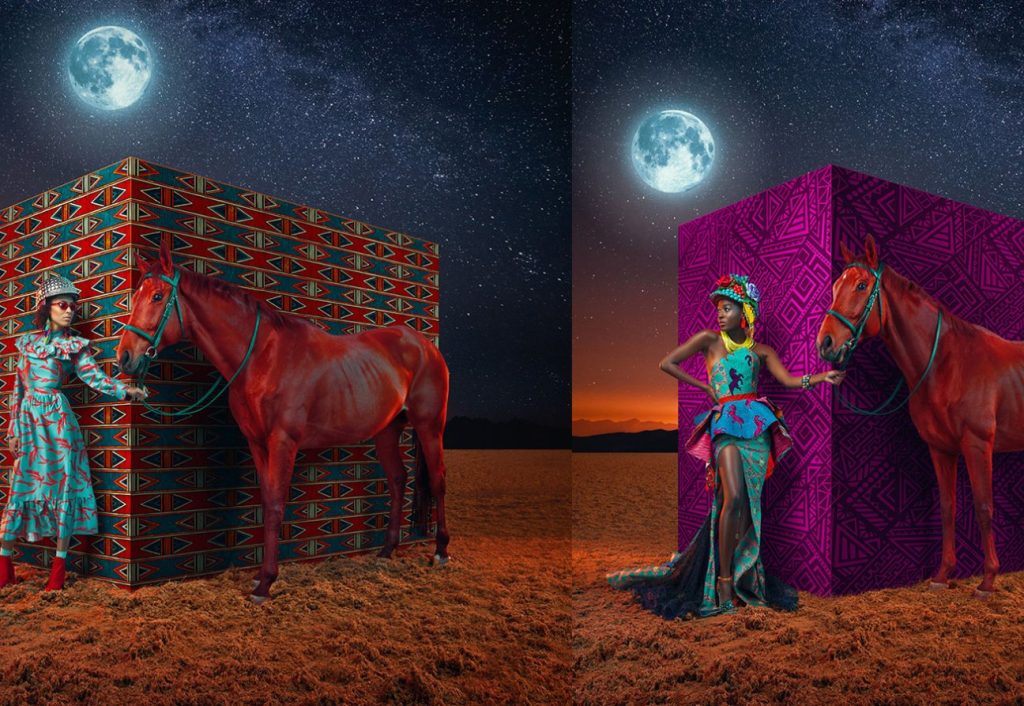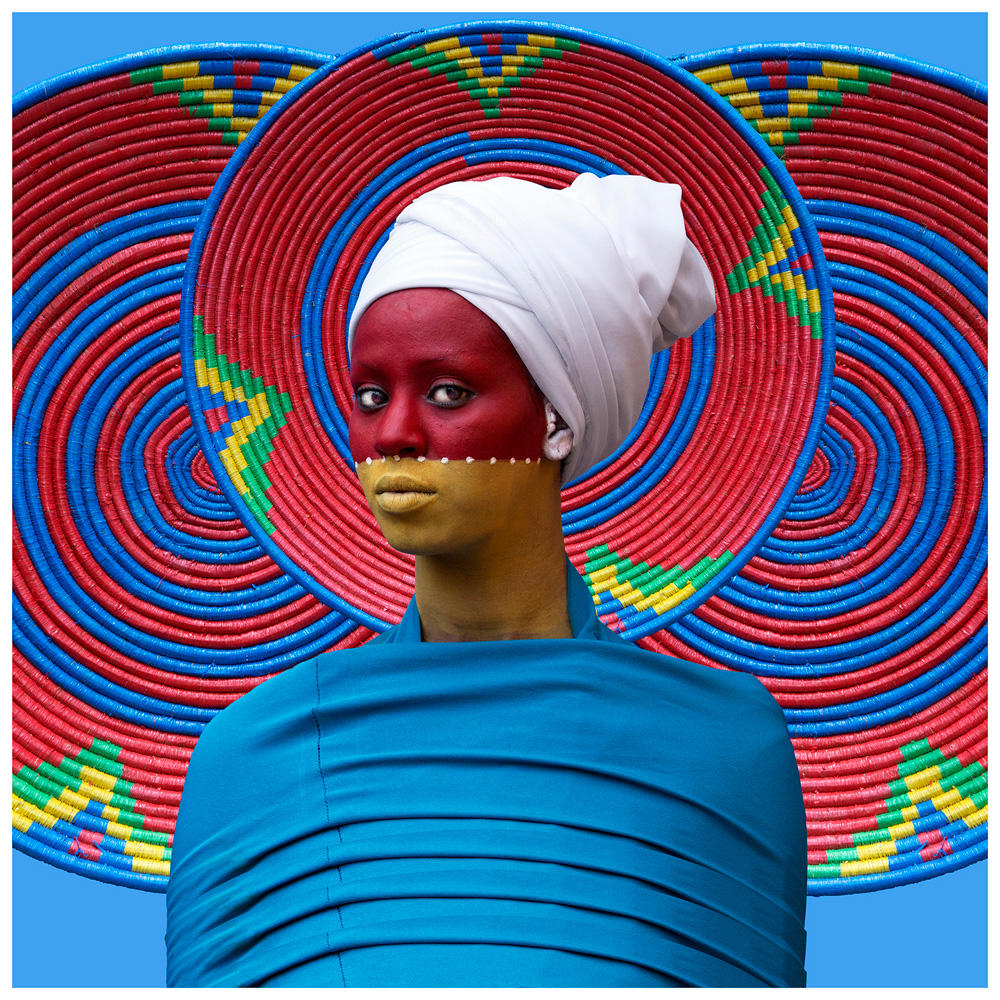In the beginning of the twentieth century, African art started to capture the Western imagination. African artworks’ robust, abstract shapes and emotional expressiveness influenced avant-garde painters and sculptors like Pablo Picasso and Henri Matisse. These modernist masters realized the raw strength and spiritual symbolism that characterized African visual traditions, which provided a significantly distinct aesthetic from the classical traditions. that have historically influenced Western art. The rising interest in African creation among European artists resulted in an increase in the collection and presentation of African artifacts, culminating in an outstanding 1914 exhibition in Paris that drove African masterpieces to an even wider audience. This cross-cultural interchange had a tremendous impact on the growth of many major modern art movements, including Cubism and Expressionism, and continues to alter the trajectory of contemporary art to this day.
African Motifs in Contemporary Art
African art’s cultural assets live on in the creations of artists all around the world, with its motifs and subjects prominently featured. For example, Yinka Shonibare, a British-Nigerian artist, used African textiles to investigate the relationship between identity and colonialism, constructing a tale that spans the past and the present. His artwork shows how African art shapes concerns about globalization, post-colonialism, and identity.

Preserving Cultural Heritage
Aside from its artistic significance, African artistic traditions is critical to protecting the continent’s cultural heritage. Museums across the globe, like the Smithsonian’s National Museum of African Art in Washington, D.C. and the Musée du Quai Branly in Paris, contain large collections of Africentric art, serving as guardians of history and culture. The organizations in question not only honor African societies’ cultural achievements but also instruct people in general about the continent’s numerous cultures and traditions.

The Digital Renaissance
The digital era has led to a new renaissance in African art, with artists employing technology in order to create and share their works widely. Digital platforms have facilitated the availability of Africentric art, enabling it to reach a worldwide audience. Kenyan artists such as Osborne Macharia have achieved international fame for their digital artworks that combine traditional African concepts with contemporary conceptions, demonstrating the versatility and adaptability of African creative heritage.

Art as a Catalyst for social Change
African art additionally takes action as an effective driver for societal change, tackling concerns ranging from politics to environmental protection. El Anatsui, a Ghanaian artist known for his large-scale tapestries constructed of recycled materials, tackles the environmental consequences of consumerism. His work not only relies on African creative traditions, but also encourages viewers to consider global challenges, proving art’s ability to effect social ideals and habits.

The Global Art Market and African Artists
The global art market has experienced an increase in fascination with African art, with artists from the continent earning a greater degree of recognition and value at international auctions. This shift not only demonstrates an increased respect for African artistry, but it also poses concerns about representation, value, and the functioning of the art market. It urges collectors, galleries, and institutions to reconsider their approaches to purchasing and showing Afrocentric art.
Educational Impact
Educational programs throughout the world have started incorporating African art into the curriculum they offer, realizing its role in creating an extensive and broad view of art history. These efforts seek to create an understanding of Africentric cultures’ diversity and contributions to the global art world while also inspiring the next wave of artists and art enthusiasts to discover and be inspired by African art.
African art has produced a deep and long-lasting impact on modern and contemporary masters. From Picasso’s seminal “Demoiselles d’Avignon” to the Harlem Renaissance’s exaltation of Pan-African identity, African aesthetics fundamentally altered the Western art canon. This hybridization of thoughts and concepts remains today, as modern artists from both regions participate in complex discussions that rethink Afrocentric art patterns using new mediums and frameworks of concept. The extending global reputation of artists such as El Anatsui and Yinka Shonibare demonstrates African art’s long-term significance. As this cultural interchange progresses, African visual traditions continue to have a significant impact on the ever-changing terrain of modern and contemporary art.







